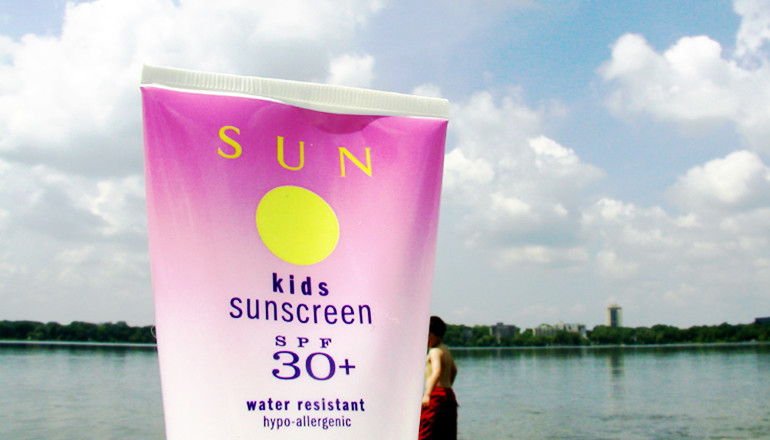Many people seem to be confused by sunscreen terminology.
Only 43 percent of people surveyed in a small study understood the definition of sun factor protection (SPF), and only seven percent knew what to look for on a label if they wanted a sunscreen that offers protection against early skin aging.
“We need to do a better job of educating people about sun protection and make it easier for them to understand labels,” says Roopal Kundu, an associate professor in dermatology at Northwestern University Feinberg School of Medicine and lead author of the study published in the journal JAMA Dermatology.
Sunscreens with SPF help protect the skin from ultraviolet B (UVB) rays. UVB rays are the main cause of sunburns. However, research has shown that both ultraviolet A (UVA) and UVB can contribute to premature skin aging and skin cancers.
In 2011, the Food and Drug Administration announced new regulations for sunscreen labels to emphasize the importance of “broad spectrum protection” sunscreen that protects the skin from both UVA and UVB rays.
“We recommend you buy a sunscreen lotion labeled broad spectrum protection . . . with an SPF of 30 or higher that is also water resistant,” Kundu says. “SPF 30 blocks 97 percent of the UVB radiation. But, you need to reapply it every two hours, using about a shot glass full of lotion over your exposed skin, for the best results.”
To assess how well consumers understand new sunscreen labels and evaluate how much they know about sun protection, Kundu and colleagues surveyed 114 participants who attended the Northwestern Medicine dermatology clinic during the summer of 2014.
WHAT DOES SPF MEAN?
About 80 percent of those surveyed had purchased sunscreen in 2013, and 75 percent said preventing sunburn was a top reason they wore sunscreen, followed by preventing skin cancer (almost 66 percent). The three top factors influencing their decisions to purchase a particular sunscreen were highest SPF value, sensitive skin formulation, and water and sweat resistance.
Almost half reported buying sunscreen with the highest SPF value available. This overreliance on high SPF values is a concern, Kundu says.
“Just because you buy SPF 100 doesn’t mean you are 100 percent protected,” Kundu says. “Staying out of the sun is the only way to guarantee 100 percent protection.”
To assess knowledge of sunscreen labels, participants were shown an image of the front and back of a common sunscreen with a SPF of 30. Many had trouble identifying sunscreen terminology on the label.
Just 38 percent correctly identified terminology associated with skin cancer protection. About 23 percent were able to correctly identify how well the sunscreen protected against sunburn.
Only seven percent were able to correctly identify how well the sunscreen protected against early skin aging
“A lot of people seem unsure about the definition of SPF, too,” Kundu adds. “Only 43 percent understood that if you apply SPF 30 sunscreen to skin 15 minutes before going outdoors, you can stay outside 30 times longer without getting a sunburn.”
The study participants were shown another sunscreen label where UVA protection was designated as a star rating (out of four stars) and UVB protection as an SPF value. Nearly 80 percent were able to determine the level of UVA protection and close to 90 percent could determine UVB protection. This could be a promising new approach to improve customer understanding of labels, Kundu says.
